- Joined
- 25 June 2009
- Messages
- 14,758
- Reaction score
- 6,164
The Mexican Teziutlán primary trainer was previously wrongly identified on this forum as a TNCA type. In actual fact, it was an "FyS" (Fierro y Sea) type, the only one such, designated EPT.
The Teziutlán was an all-wood tandem-seat primary training monoplane designed by engineer Antonio Sea, with financial help from General Brigadier P.A. Roberto Fierro Villalobos. Their plan was for the construction of between 45-50 EPT types. Manufacture of 50 primary training Teziutlán aircraft started in September 1941 at Talleres Generales de Aeronautica (TGA). As it was a project of General Brigadier P.A. Roberto Fierro Villalobos, the type was to be delivered primarily to the military school of Aviación, and fifty-three 125 hp Lycoming engines were purchased to power the Teziutlán aircraft. However, one of the completed Teziutláns wound up at the civil aviation school of Arturo Álvarez Cuadra, which was reported by engineer José Villela Gómez as the first example built. The first test flights took place in February 1942.
A change at the helm of the Secretary of National Defense resulted in the project being stopped. The fate of the Teziutlán was sealed by the Lend-Lease contract signed by the Mexican government with the United States in 1943, which replaced the manufacturing of local aircraft with the procurement of Fairchild PT-19, Vultee BT-13/15 and North American AT-6 types. The PT-19 was delivered in April 1943, which caused a reorganization of the school with the new primary, basic and advanced squadrons and the replacement of the old biplane aircraft (Fleet, Consolidated and Barreda).
Teziutlán planes were mostly used as liaison types between different units. One was particularly featured in Mario Moreno Cantinflas' film A Volar Joven (A Flying Youth) in 1947. In that movie, cadet heroes Cantinflas and Garaza break a world aviation record in a Beechcraft AT-11.
Thus ended the story of the EPT. Only 5 were built by the FAM (Mexican Aeronautical Factory, the other name of TGA), one of which ended up in civil hands.
Sources:

The Teziutlán was an all-wood tandem-seat primary training monoplane designed by engineer Antonio Sea, with financial help from General Brigadier P.A. Roberto Fierro Villalobos. Their plan was for the construction of between 45-50 EPT types. Manufacture of 50 primary training Teziutlán aircraft started in September 1941 at Talleres Generales de Aeronautica (TGA). As it was a project of General Brigadier P.A. Roberto Fierro Villalobos, the type was to be delivered primarily to the military school of Aviación, and fifty-three 125 hp Lycoming engines were purchased to power the Teziutlán aircraft. However, one of the completed Teziutláns wound up at the civil aviation school of Arturo Álvarez Cuadra, which was reported by engineer José Villela Gómez as the first example built. The first test flights took place in February 1942.
A change at the helm of the Secretary of National Defense resulted in the project being stopped. The fate of the Teziutlán was sealed by the Lend-Lease contract signed by the Mexican government with the United States in 1943, which replaced the manufacturing of local aircraft with the procurement of Fairchild PT-19, Vultee BT-13/15 and North American AT-6 types. The PT-19 was delivered in April 1943, which caused a reorganization of the school with the new primary, basic and advanced squadrons and the replacement of the old biplane aircraft (Fleet, Consolidated and Barreda).
Teziutlán planes were mostly used as liaison types between different units. One was particularly featured in Mario Moreno Cantinflas' film A Volar Joven (A Flying Youth) in 1947. In that movie, cadet heroes Cantinflas and Garaza break a world aviation record in a Beechcraft AT-11.
Thus ended the story of the EPT. Only 5 were built by the FAM (Mexican Aeronautical Factory, the other name of TGA), one of which ended up in civil hands.
- EPT-1 was registered as EA 205 (1946-1947).
- EPT-2 was reported as EA 206 and was damaged in a May 29, 1947 accident while filming A Volar Joven.
- EPT-3 was assigned to Balbuena Military Air Field; in Santa Lucia in 1955
- EPT-4 was assigned to Balbuena Military Air Field.
- EPT-5 was assigned to Balbuena Military Air Field.
Sources:
- Museo Militar de Aviacion "Teniente P.A. Jose Espinosa Fuentes" on Facebook
- http://www.mexicanaviationhistory.com/articulos/articulo/?Id=22
- https://www.gob.mx/sedena/documentos/material-aereo-historico-de-la-f-a-m
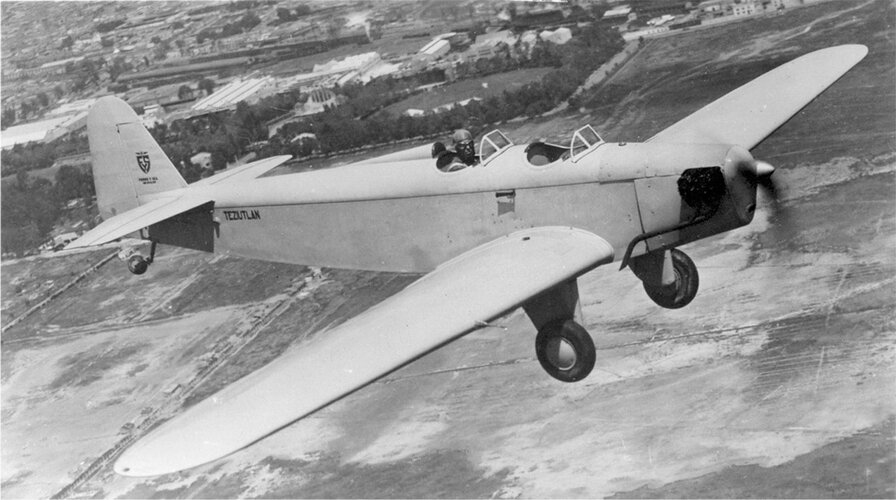
Attachments
-
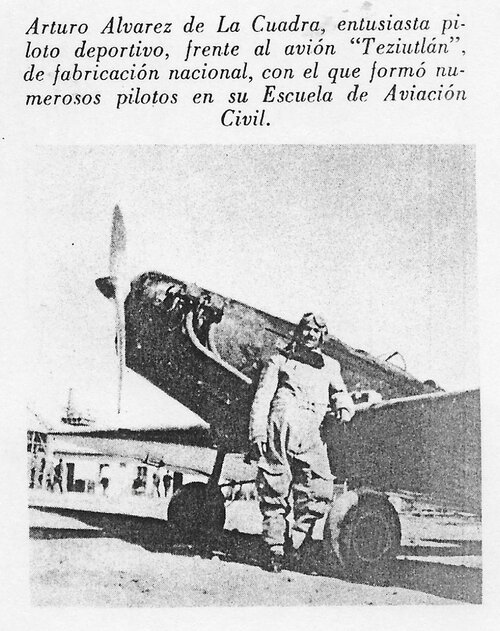 84596765_2412409529069245_8846834650606206976_n.jpg323.8 KB · Views: 15
84596765_2412409529069245_8846834650606206976_n.jpg323.8 KB · Views: 15 -
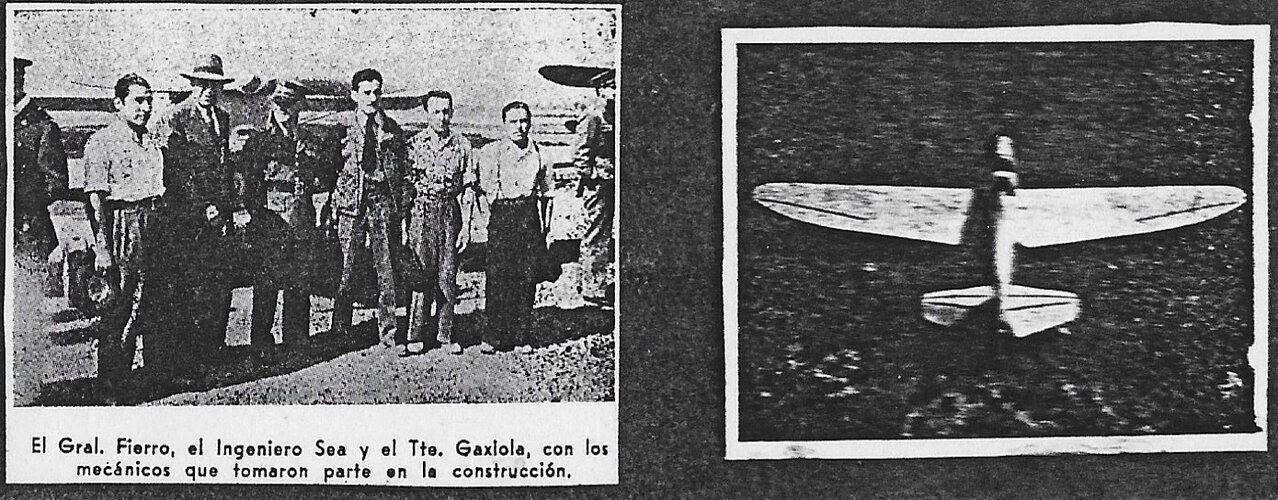 87034126_2412411072402424_6779554783805046784_n.jpg306.7 KB · Views: 14
87034126_2412411072402424_6779554783805046784_n.jpg306.7 KB · Views: 14 -
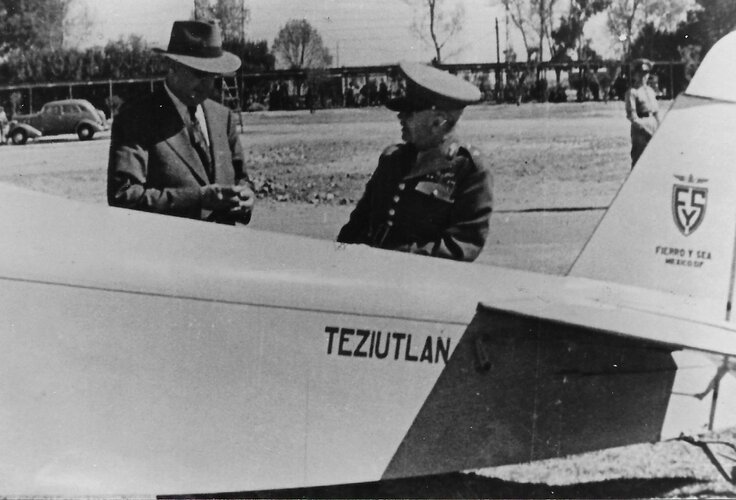 87182586_2412411225735742_1831356699051556864_n.jpg227 KB · Views: 18
87182586_2412411225735742_1831356699051556864_n.jpg227 KB · Views: 18 -
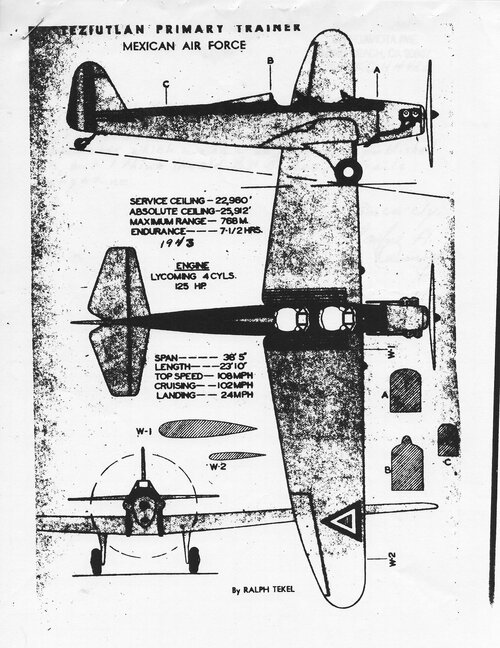 87399715_2412410419069156_2551787108758978560_n.jpg492.6 KB · Views: 19
87399715_2412410419069156_2551787108758978560_n.jpg492.6 KB · Views: 19 -
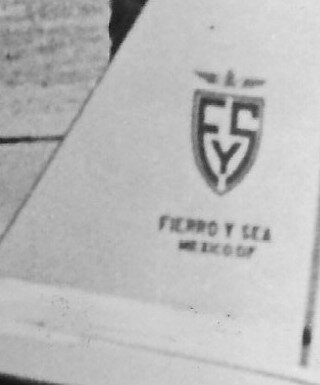 87469089_2412411329069065_7325961923361505280_n.jpg16.8 KB · Views: 16
87469089_2412411329069065_7325961923361505280_n.jpg16.8 KB · Views: 16 -
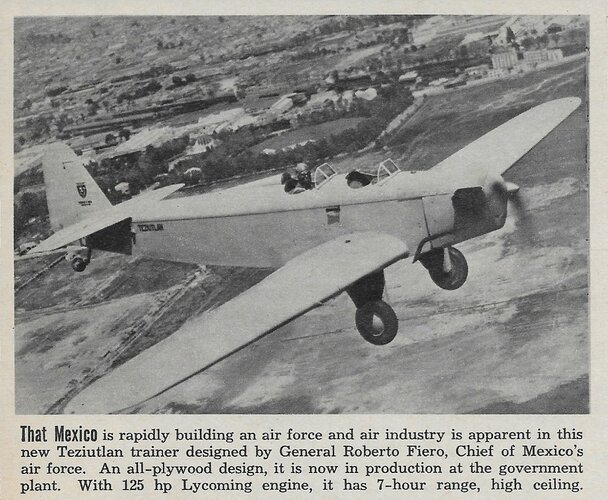 87748340_2412410545735810_8229081472833683456_n.jpg532.2 KB · Views: 12
87748340_2412410545735810_8229081472833683456_n.jpg532.2 KB · Views: 12 -
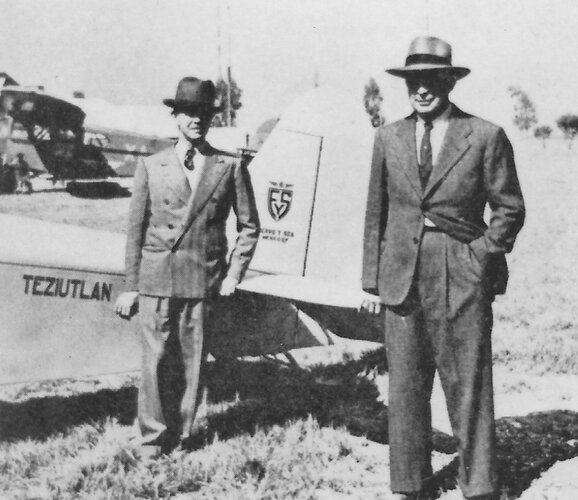 89262621_2412410732402458_8658072315415756800_n.jpg153 KB · Views: 12
89262621_2412410732402458_8658072315415756800_n.jpg153 KB · Views: 12 -
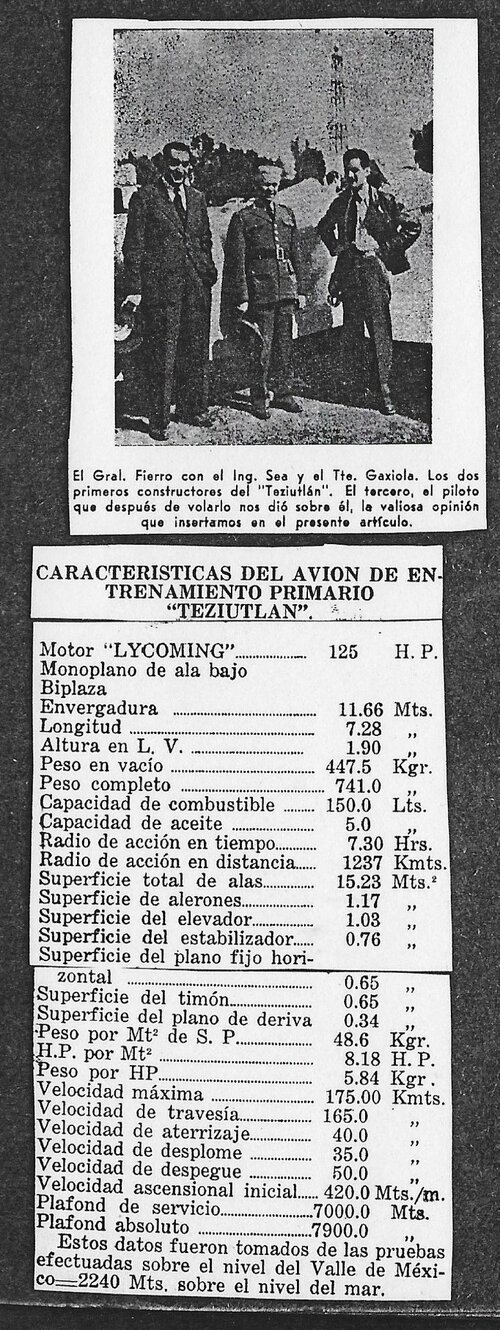 89597229_2412410932402438_2683625901618364416_n.jpg413.8 KB · Views: 13
89597229_2412410932402438_2683625901618364416_n.jpg413.8 KB · Views: 13 -
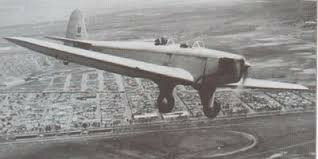 Teziutlan.jpg10.6 KB · Views: 14
Teziutlan.jpg10.6 KB · Views: 14 -
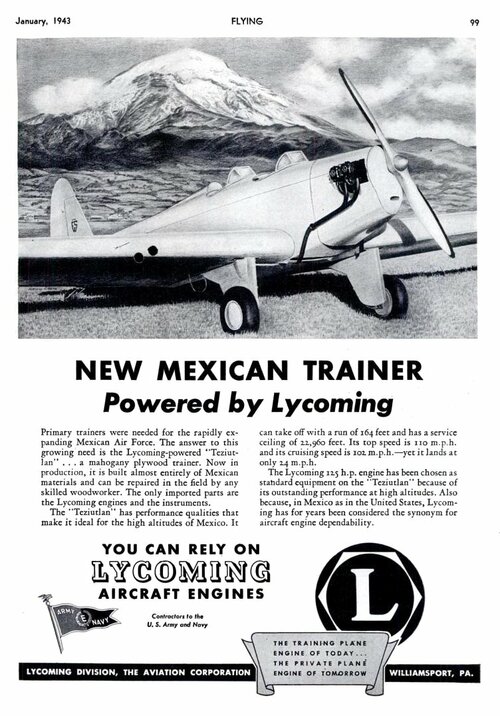 TNCA Teziutlan.jpg183.7 KB · Views: 14
TNCA Teziutlan.jpg183.7 KB · Views: 14
